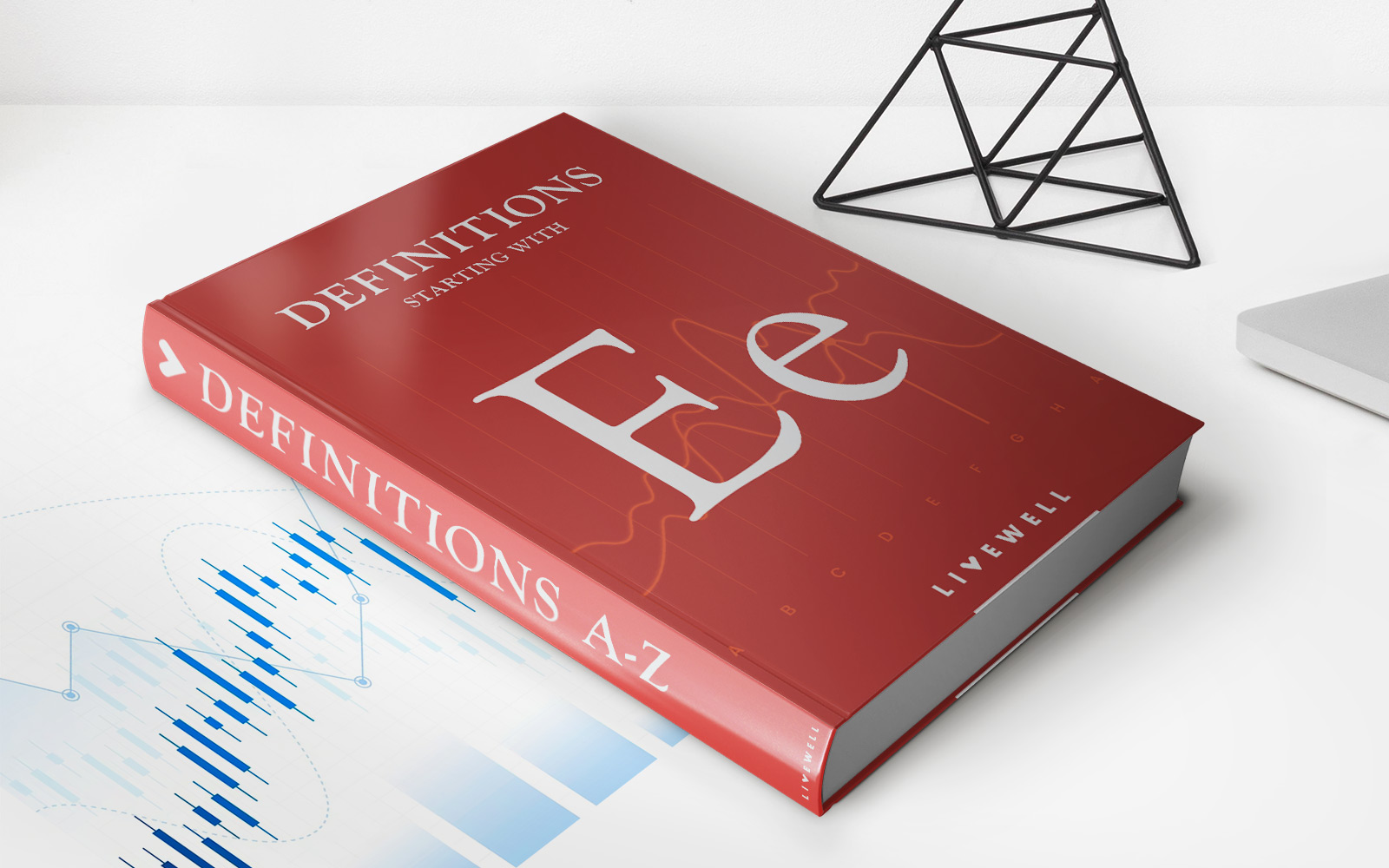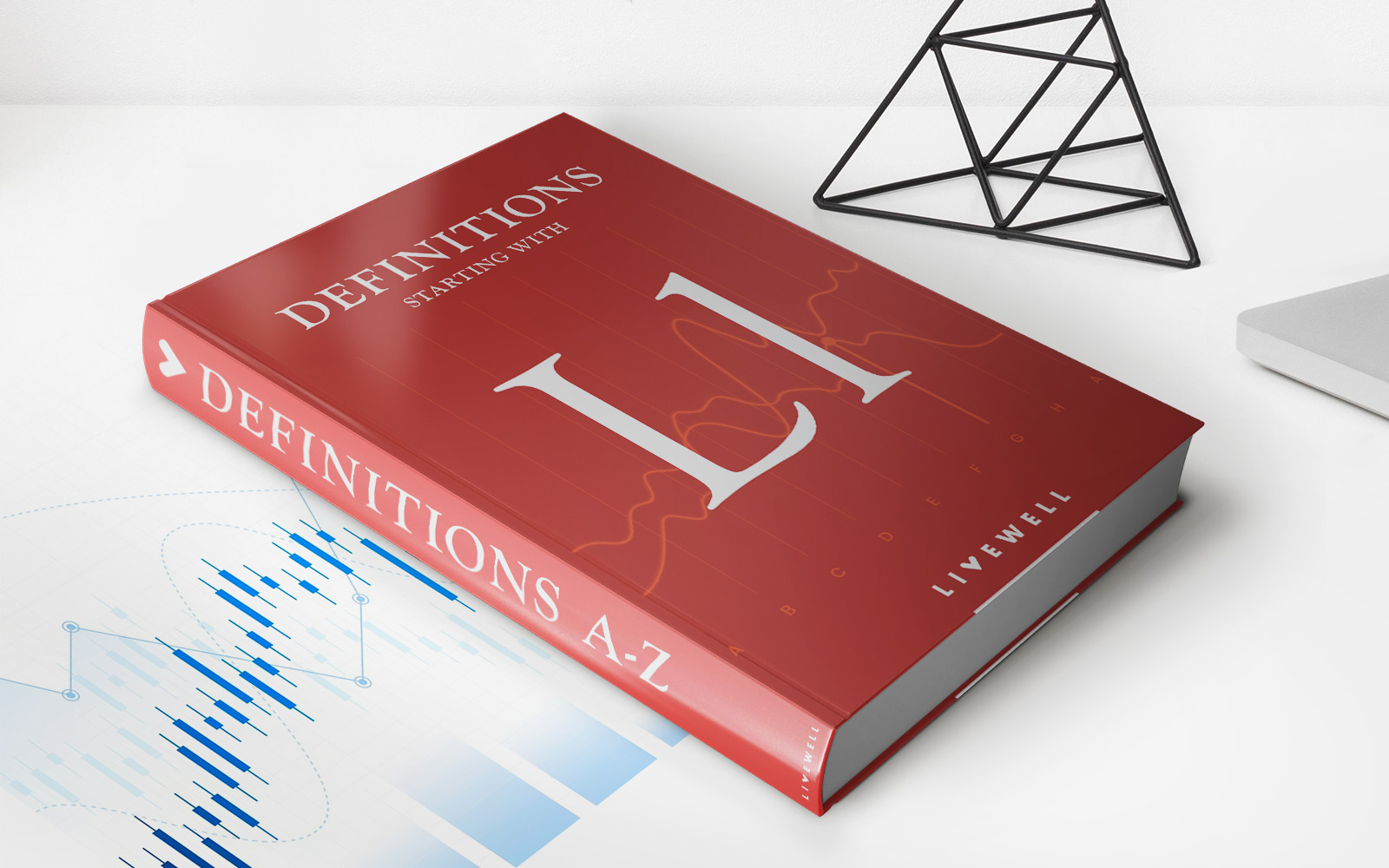

Finance
How Low Should Credit Utilization Be
Published: March 6, 2024
Learn about the ideal credit utilization rate and its impact on your finances. Discover how to maintain a low credit utilization for better financial health.
(Many of the links in this article redirect to a specific reviewed product. Your purchase of these products through affiliate links helps to generate commission for LiveWell, at no extra cost. Learn more)
Table of Contents
Understanding Credit Utilization
Credit utilization is a crucial factor in determining an individual's credit score and overall financial health. It refers to the ratio of the amount of credit being used to the total credit available. In simpler terms, it is the percentage of a person's available credit that they are currently using. Understanding credit utilization is essential for anyone seeking to maintain or improve their credit score.
Credit utilization plays a significant role in how lenders and financial institutions perceive an individual’s creditworthiness. It provides insight into how responsibly an individual manages their credit and whether they are likely to default on payments. As a result, it has a direct impact on an individual’s ability to secure loans, mortgages, and favorable interest rates. Moreover, credit utilization is a key component of the FICO scoring model, which is widely used by lenders to assess an individual’s credit risk.
It’s important to note that credit utilization is not solely based on the total amount of debt a person carries. Instead, it focuses on the proportion of credit being utilized in relation to the total available credit across all accounts. For instance, if a person has a total credit limit of $10,000 and is currently using $3,000, their credit utilization ratio is 30%.
Given its significance, understanding how credit utilization impacts one’s financial standing and credit score is essential for making informed decisions regarding personal finances and credit management. In the following sections, we will delve deeper into the impact of credit utilization on credit scores, the ideal credit utilization ratio, and strategies for lowering credit utilization to improve financial well-being.
Understanding Credit Utilization
Credit utilization is a crucial factor in determining an individual’s credit score and overall financial health. It refers to the ratio of the amount of credit being used to the total credit available. In simpler terms, it is the percentage of a person’s available credit that they are currently using. Understanding credit utilization is essential for anyone seeking to maintain or improve their credit score.
Credit utilization plays a significant role in how lenders and financial institutions perceive an individual’s creditworthiness. It provides insight into how responsibly an individual manages their credit and whether they are likely to default on payments. As a result, it has a direct impact on an individual’s ability to secure loans, mortgages, and favorable interest rates. Moreover, credit utilization is a key component of the FICO scoring model, which is widely used by lenders to assess an individual’s credit risk.
It’s important to note that credit utilization is not solely based on the total amount of debt a person carries. Instead, it focuses on the proportion of credit being utilized in relation to the total available credit across all accounts. For instance, if a person has a total credit limit of $10,000 and is currently using $3,000, their credit utilization ratio is 30%.
Given its significance, understanding how credit utilization impacts one’s financial standing and credit score is essential for making informed decisions regarding personal finances and credit management. In the following sections, we will delve deeper into the impact of credit utilization on credit scores, the ideal credit utilization ratio, and strategies for lowering credit utilization to improve financial well-being.
The Impact of Credit Utilization on Credit Score
Credit utilization has a profound impact on an individual’s credit score. In fact, it is one of the most influential factors in determining a person’s creditworthiness. Lenders and credit bureaus closely examine credit utilization to assess how responsibly an individual manages their available credit. A high credit utilization ratio can significantly lower a person’s credit score, while a low ratio can have a positive impact on their score.
When a person utilizes a large percentage of their available credit, it may indicate financial distress or an inability to manage credit effectively. This can raise red flags for lenders, potentially leading to higher interest rates on loans or credit cards, or even rejection of credit applications. On the other hand, maintaining a low credit utilization ratio demonstrates responsible credit management and financial stability, which can result in a higher credit score and more favorable lending terms.
It’s important to understand that credit utilization is assessed across all accounts, including credit cards, lines of credit, and other forms of revolving credit. Therefore, it’s not just the utilization of individual credit cards that matters, but the overall utilization across all available credit. Keeping credit utilization low across all accounts is a key strategy for maintaining a healthy credit score.
For individuals aiming to improve their credit score, reducing credit utilization can be an effective way to achieve this goal. By paying down existing balances and avoiding maxing out credit limits, individuals can lower their credit utilization ratio and potentially see a positive impact on their credit score over time.
Understanding the impact of credit utilization on credit scores is essential for anyone looking to build and maintain a strong financial foundation. In the subsequent sections, we will explore the ideal credit utilization ratio and strategies for lowering credit utilization to improve creditworthiness and overall financial well-being.
Ideal Credit Utilization
The ideal credit utilization ratio is a crucial benchmark for maintaining a healthy credit score. Financial experts often recommend keeping credit utilization below 30% to demonstrate responsible credit management and maximize credit score potential. This means using only 30% or less of the total available credit across all accounts.
Maintaining a low credit utilization ratio signals to lenders that an individual is not overly reliant on credit and is capable of managing their finances prudently. It reflects a healthy balance between credit usage and available credit, which is indicative of responsible financial behavior. By adhering to the recommended threshold of 30% or lower, individuals can potentially optimize their credit scores and enhance their creditworthiness in the eyes of lenders.
While the 30% guideline is widely endorsed, striving for an even lower credit utilization ratio, such as 10% or less, can yield further benefits. A lower utilization ratio demonstrates an even greater level of financial discipline and may result in an improved credit score. Some individuals aiming to achieve an exceptional credit profile may aim for a utilization ratio as low as 10% to distinguish themselves as highly creditworthy borrowers.
It’s important to note that the ideal credit utilization ratio applies not only to individual credit cards but also to the aggregate of all credit accounts. Therefore, individuals should monitor their overall credit utilization across all accounts to ensure it aligns with the recommended thresholds.
By striving to maintain an ideal credit utilization ratio, individuals can position themselves favorably in the eyes of lenders and credit bureaus, potentially unlocking better loan terms, lower interest rates, and increased access to credit in the future. In the subsequent section, we will explore effective strategies for lowering credit utilization to achieve and maintain the ideal ratio, thereby bolstering financial well-being and creditworthiness.
How to Lower Credit Utilization
Lowering credit utilization is a proactive step that individuals can take to improve their credit score and enhance their financial standing. By reducing the proportion of available credit that is being utilized, individuals can demonstrate responsible credit management and potentially see a positive impact on their credit score. Here are some effective strategies for lowering credit utilization:
- Pay Down Balances: One of the most direct ways to lower credit utilization is to pay down existing balances on credit accounts. By reducing the amount of credit being utilized, individuals can bring their credit utilization ratio within the recommended thresholds, thereby potentially boosting their credit score.
- Request a Credit Limit Increase: Another strategy is to request a credit limit increase on existing credit cards. By increasing the total available credit while maintaining the same level of credit usage, individuals can effectively lower their credit utilization ratio. It’s important to note that this approach should be pursued cautiously, as it may result in a hard inquiry on the individual’s credit report, which can temporarily impact their score.
- Use Multiple Accounts Responsibly: Distributing credit usage across multiple accounts can help lower overall credit utilization. Instead of heavily relying on a single credit card, individuals can strategically use multiple accounts while keeping their combined credit utilization ratio in check.
- Pay Twice a Month: Making bi-monthly payments can help keep credit card balances in check, especially for individuals who regularly use their credit cards for everyday expenses. By making payments mid-cycle in addition to the regular monthly payment, individuals can manage their balances more effectively and lower their credit utilization.
- Monitor and Adjust Regularly: It’s essential for individuals to monitor their credit utilization regularly and make adjustments as needed. By staying mindful of their credit usage and taking proactive steps to lower utilization, individuals can maintain a healthy credit profile and potentially see improvements in their credit score over time.
By implementing these strategies and maintaining a vigilant approach to credit management, individuals can work towards achieving and sustaining an optimal credit utilization ratio. Lowering credit utilization not only has the potential to enhance credit scores but also reflects positively on an individual’s financial responsibility and creditworthiness, paving the way for improved access to credit and favorable lending terms in the future.
Conclusion
Credit utilization is a fundamental aspect of personal finance that significantly impacts an individual’s credit score and overall financial well-being. Understanding the role of credit utilization in credit scoring models and its influence on creditworthiness is essential for anyone seeking to maintain a healthy financial profile.
By maintaining an ideal credit utilization ratio, typically recommended to be below 30%, individuals can demonstrate responsible credit management and potentially optimize their credit scores. Striving for an even lower utilization ratio, such as 10% or less, can further distinguish individuals as prudent and creditworthy borrowers.
Lowering credit utilization through strategies such as paying down balances, using multiple accounts responsibly, and monitoring credit usage can yield tangible benefits, including improved credit scores and enhanced access to credit. Individuals should be proactive in managing their credit utilization and regularly monitor their financial accounts to ensure they align with the recommended thresholds.
Ultimately, by maintaining a low credit utilization ratio and exhibiting sound credit management practices, individuals can position themselves favorably in the eyes of lenders and credit bureaus. This can lead to better loan terms, lower interest rates, and increased financial opportunities in the future.
As individuals strive to achieve and maintain an optimal credit utilization ratio, they not only enhance their creditworthiness but also cultivate a strong foundation for long-term financial stability and success.
By applying the insights and strategies outlined in this article, individuals can navigate the realm of credit utilization with confidence, working towards a robust financial future and leveraging their credit effectively to achieve their personal and financial goals.














